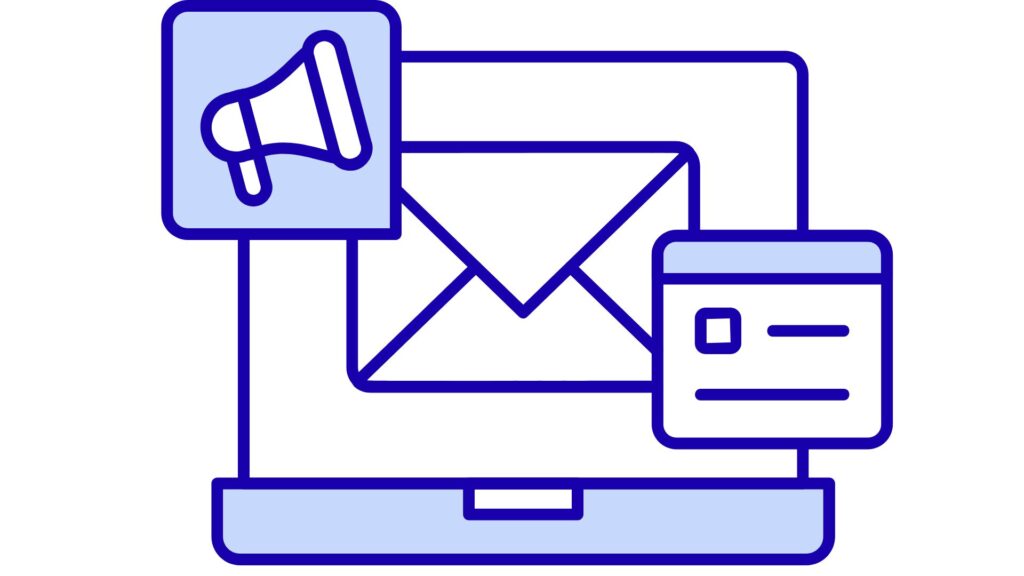Business
The Power of Email Marketing: A Complete Guide for 2025
Email marketing remains one of the most effective digital marketing strategies despite the rise of social media and new communication channels. With billions of active email users worldwide, businesses can directly reach their audience, build trust, and drive conversions at a relatively low cost. Whether you are a small business owner, a marketer, or an entrepreneur, understanding the fundamentals of email marketing can help you grow your brand and boost revenue.
What is Email Marketing?
Email marketing is the practice of sending targeted emails to a list of subscribers or customers with the aim of promoting products, services, or building long-term relationships. It can include newsletters, promotional campaigns, product launches, and personalized messages that nurture leads through the sales funnel.
Why Email Marketing is Still Relevant in 2025
- Direct Communication : Unlike social media algorithms, emails land directly in a subscriber’s inbox.
- Cost-Effective : Email marketing provides one of the highest ROI in digital marketing, averaging $36 for every $1 spent.
- Personalization : Modern email tools allow businesses to segment audiences and personalize messages for higher engagement.
- Measurable Results : Marketers can track open rates, click-through rates, and conversions easily.
- Automation : With AI and automation tools, businesses can send the right message at the right time.

Types of Email Marketing Campaigns
- Welcome Emails – Sent to new subscribers to introduce your brand.
- Newsletters – Regular updates with company news, industry insights, or educational content.
- Promotional Emails – Highlight sales, discounts, or new product launches.
- Abandoned Cart Emails – Remind customers of items left in their cart.
- Re-engagement Emails – Win back inactive subscribers with special offers.
- Transactional Emails – Order confirmations, shipping updates, and receipts.
Best Practices for Successful Email Marketing
1. Build a Quality Email List
- Use sign-up forms on your website or social media.
- Offer lead magnets like eBooks, discounts, or free trials.
- Avoid buying email lists it harms credibility and deliverability.
2. Segment Your Audience
Different subscribers have different needs. Segmenting helps you send relevant messages—for example, separating new subscribers from loyal customers.
3. Personalize Content
- Use the recipient’s name.
- Recommend products based on past purchases.
- Send personalized birthday or anniversary emails.
4. Optimize Subject Lines
- Keep them short and catchy.
- Use curiosity, urgency, or personalization to increase open rates.
- Avoid spammy words like “FREE!!!” or “Act Now.”
5. Use Mobile-Friendly Designs
Over 60% of emails are opened on mobile devices. Ensure your emails are responsive and easy to read on small screens.
6. Automate Campaigns
Set up workflows for welcome emails, abandoned carts, and follow-ups to save time and maintain consistency.
7. Test and Analyze
Use A/B testing to experiment with subject lines, visuals, and call-to-actions (CTAs). Analyze metrics such as open rates, click-through rates, and conversions to improve campaigns.
Benefits of Email Marketing for Businesses
- Builds stronger customer relationships.
- Increases brand awareness.
- Drives website traffic and sales.
- Provides measurable results.
- Enhances customer retention and loyalty.
Future Trends in Email Marketing (2025 and Beyond)
- AI-Powered Personalization : Smarter algorithms will help businesses send hyper-targeted content.
- Interactive Emails : Expect quizzes, polls, and videos inside emails.
- User-Generated Content : Showcasing customer reviews and photos within newsletters.
- Privacy-Focused Marketing : With stricter data laws, transparency and consent will become more important.
- Integration with Other Channels : Emails will work seamlessly with social media, chatbots, and SMS marketing.
Conclusion
Email marketing continues to be a powerful tool for businesses of all sizes. When done correctly with personalization, segmentation, and automation it not only drives sales but also strengthens customer loyalty. As technology evolves, marketers who embrace trends like AI, interactivity, and privacy will gain a competitive edge.
FAQs About Email Marketing
Q1: How often should I send marketing emails?
It depends on your audience, but 1–4 times a month is a safe range. Consistency matters more than frequency.
Q2: What’s the best day to send emails?
Studies suggest Tuesdays and Thursdays work well, but testing with your own audience is key.
Q3: How can I increase email open rates?
Craft engaging subject lines, personalize content, and avoid spammy phrases.
Q4: Is email marketing suitable for small businesses?
Yes, it’s affordable, scalable, and highly effective even for startups and small companies.
Q5: Do people still read emails with so much social media around?
Absolutely! Emails remain a trusted and professional channel for communication and business promotions.